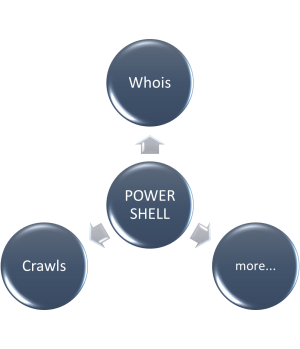In a previous post I described the installation of Whois on Windows 11 from Microsoft SysInternals site (https://irthoughts.wordpress.com/2021/12/29/installing-whois-on-windows-11/). This time … More
Category: Web Mining
The Video Finder
I always wanted to have an easy way of accessing news videos from national TV channels, without having to subscribe … More
Vector Space Explorer Tool
Vector Space Explorer Tool is a new tool from Minerazzi, available now at http://www.minerazzi.com/tools/vector-space-explorer/explorer.php VSE is aimed at exploring combinations … More
A Simple Example of Phonetic Similarity vs. Text Similarity
The followings sound the same so their phonetic similarity is 1. (a) r u? (b) ar u? (c) are u? … More
Zillman’s 2019 Directory of Directories
Zillman’s 2019 Directory of Directories is a handy resource for those interested in finding specialized gateways to the Web. Glad … More
Extracting Topic-Specific Wikipedia Links
Below is an illustrative example of a miner for extracting specific links from Wikipedia. http://www.miislita.com/wikilinks This miner provides entry points … More
Recent News on Predatory Journals
Here are some recent news on predatory journals, obtained through the news channel of our Predatory Journals miner at http://www.minerazzi.com/predatory-journals/ … More
A Unicode Mnemonic for Vowels with Diacritics
A mnemonic for easily recalling the unicode entities of vowels with grave accents, acute accents, and circumflexes is available at … More
W3C Miner
W3C Miner. http://minerazzi.com/w3c/ W3C public resources, news, standards, work groups, and more. Use its news channel to easily access from … More
Document tree flattening as an exploration technique for data mining .xml files (sitemaps, feeds, inventories, raw data, etc)
Two of our tools, Web Feed Flattener and Feed URLs Extractor, were updated and now accept files with the .xml … More


You must be logged in to post a comment.